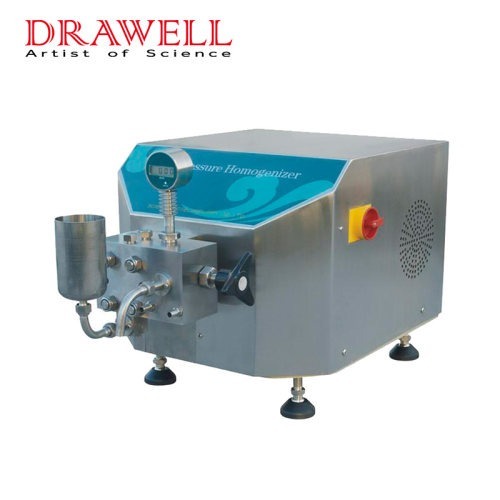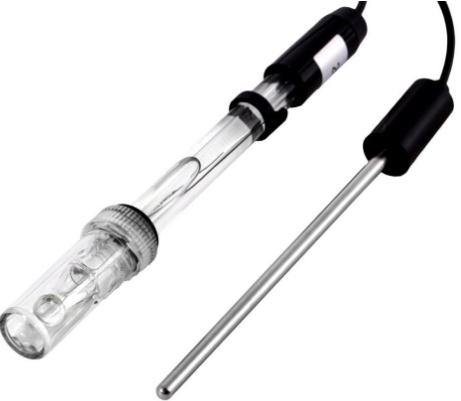News
Formaldehyde Analysis by GC or HPLC: What Are the Differences
Formaldehyde, a ubiquitous chemical compound, finds applications in various industries, from resin production to medical sterilization. However, its toxicity and potential health hazards necessitate stringent monitoring and analysis. Gas Chromatography (GC) and High-Performance Liquid Chromatography (HPLC) are two widely adopted methods for formaldehyde analysis. Each technique has unique principles, technical features, and application scenarios that make…
What are Key Advancements in Digital Hardness Testers
Hardness testing is a crucial process in material science and quality control, ensuring the durability and performance of metals, plastics, and composites. The evolution of digital hardness testers has significantly improved precision, efficiency, and ease of use in various industrial applications. This article delves into the latest advancements in digital hardness testers and their impact on modern testing…
How to Troubleshoot pH Meter Errors Effectively
pH meters are essential instruments used in laboratories, industries, and research facilities for measuring the acidity or alkalinity of a solution. However, like any precision instrument, they can experience errors that affect measurement accuracy. Understanding common pH meter errors and implement effective troubleshooting techniques can help maintain reliable performance and prolong the lifespan of the device. What…
How X-Ray Diffraction Reveals Hidden Crystal Structures
The world around us, from the minerals in the earth’s crust to the intricate molecules of pharmaceuticals, is built upon the precise arrangement of atoms in crystalline structures. Understanding these structures is vital for developing new materials, improving existing technologies, and advancing our knowledge of the natural world. X-ray diffraction (XRD) stands as a cornerstone technique…
How Do Conductivity Meters Work
Conductivity meters are essential instruments used to measure the ability of a liquid to conduct electricity. These devices are widely used in various industries, including water quality monitoring, chemical processing, and laboratory research. Understanding how conductivity meters work can help users apply them effectively in different applications. Working Principle of Conductivity Meters Conductivity meters function based…
FTIR Analysis for Liquid Samples: What You Need to Know
Fourier Transform Infrared Spectroscopy (FTIR) is a widely used analytical technique for identifying and characterizing materials by analyzing their infrared absorption spectra. When applied to liquid samples, FTIR offers invaluable insights into the molecular composition and structural characteristics of a wide range of substances. This article explores the importance of FTIR for liquid samples, the types…
Why Homogenizer is Essential in Cosmetic Labs
The allure of a luxurious cosmetic product lies not just in its ingredients but in its flawless texture, consistent quality, and lasting stability. To achieve this, cosmetic labs rely on advanced technologies that ensure uniformity and stability in their formulations. One such indispensable tool is the homogenizer for cosmetic. Here we delves into why homogenizers are…
How to Choose the Best Electrodes for pH Meters in Different Applications
pH measurement is essential in various industries, such as laboratory research, food processing, wastewater treatment, pharmaceutical manufacturing, etc. The accuracy and reliability of pH meters depend heavily on selecting the right electrode for the specific application. With different sample compositions, temperature ranges, and chemical properties, choosing the best electrodes for pH meters, ensures precise and long-lasting performance. Understanding…
Manual or Automatic Defrost Freezer: How to Choose for Your Laboratory
Laboratories often store sensitive materials such as biological samples, reagents, and vaccines that require precise temperature control. Laboratory freezers are indispensable tools for preserving samples, reagents, and other critical materials. The choice between a manual or automatic defrost freezer, and even frost-free models, depends on a variety of factors including sample characteristics, frequency of use, and…
Portable vs. Benchtop Dissolved Oxygen Meters: Which Type is Right for You
Dissolved oxygen(DO) meters are essential instruments for measuring the concentration of oxygen in water, widely used in environmental monitoring, wastewater treatment, aquaculture, laboratory research, etc. These dissolved oxygen meters come in two main types: portable and benchtop. Each type has distinct advantages and limitations, making them suitable for different applications. Understanding the differences between them is essential for selecting the right…











